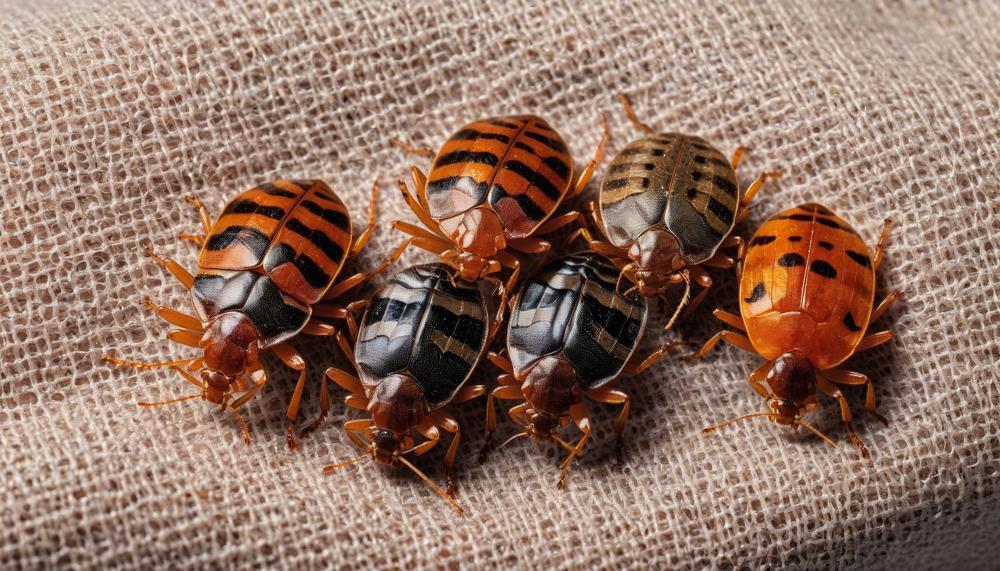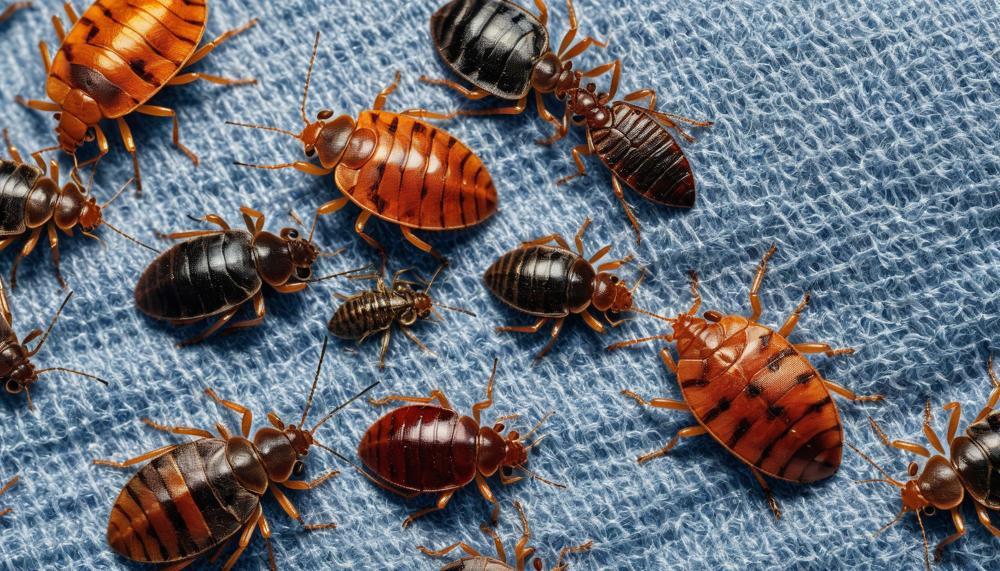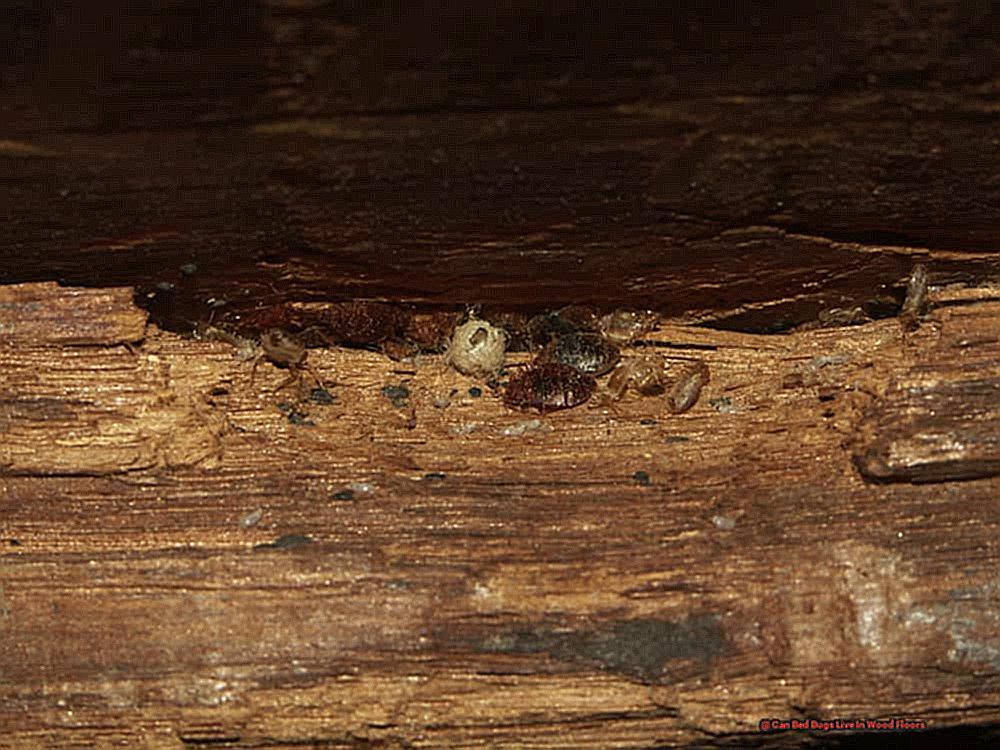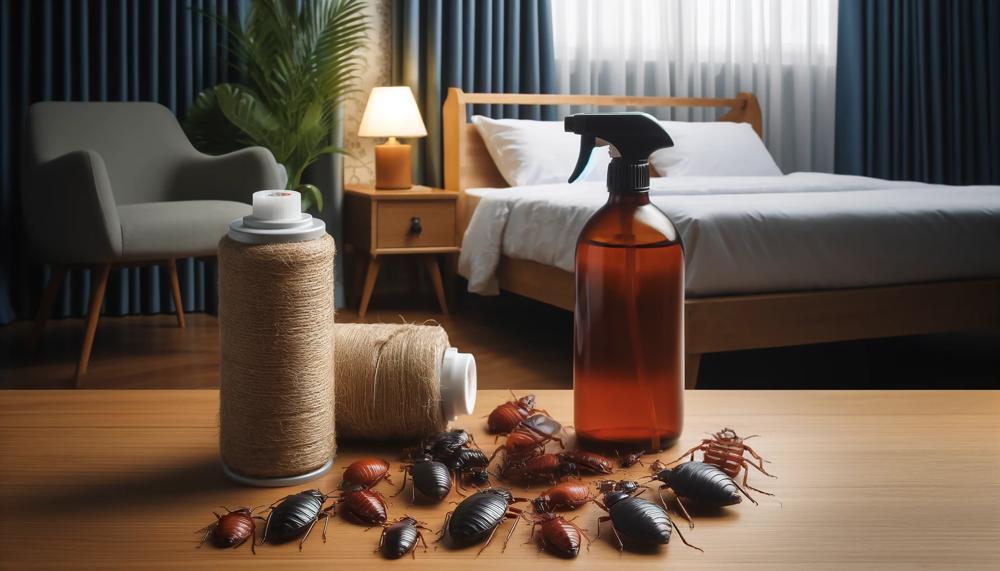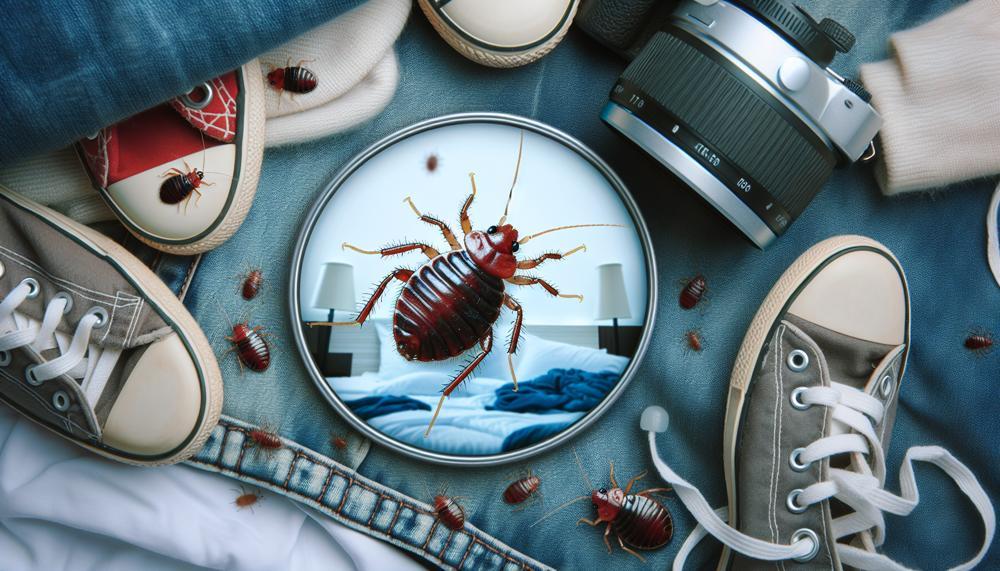Table of Contents
- 1 Understanding Bed Bugs and Their Resilience
- 2 The Science Behind Dry Cleaning and Its Effects on Bed Bugs
- 3 Factors Influencing the Effectiveness of Dry Cleaning Against Bed Bugs
- 4 Preparing Items for Dry Cleaning to Maximize Effectiveness
- 5 Limitations of Dry Cleaning in Bed Bug Extermination
- 6 Alternative Methods for Eliminating Bed Bugs
- 7 Conclusion
Understanding Bed Bugs and Their Resilience
| Adaptation | Description | Resilience |
|---|---|---|
| Body Structure | Flattened bodies allow them to hide in tight crevices | Can survive in cracks and crevices in furniture, walls, and floors |
| Blood Feeding | Feed on human blood, adapting to different blood types | Can survive for months without feeding |
| Egg Laying | Eggs are small, white, and sticky, often hidden in cracks and crevices | Eggs can survive for several months, ensuring population growth |
| Reproduction | Rapid reproduction rate, with females laying up to 500 eggs in their lifetime | Populations can quickly rebound after control measures |
| Resistance to Pesticides | Some populations have developed resistance to common pesticides | Control methods may need to be adapted to target resistant populations |
| Hiding Behavior | Hide during the day and emerge at night to feed | Difficult to detect and eliminate during the day |
| Temperature and Humidity Tolerance | Can survive in a wide range of temperatures and humidity levels | Can adapt to different climates and environments |
The Science Behind Dry Cleaning and Its Effects on Bed Bugs
The dry cleaning process effectively eliminates bed bugs through a combination of heat and chemicals. Here’s how it works:
Pre-treatment: Before dry cleaning, infested items are typically treated with chemicals that are specifically designed to target bed bugs. These chemicals penetrate the bed bugs’ exoskeletons, weakening them and causing them to dehydrate.
Drying: The dry cleaning process involves exposing the infested items to high temperatures inside a specialised machine. Hot air is circulated through the items, reaching a temperature of around 50-60 degrees Celsius (122-140 degrees Fahrenheit). This high temperature is lethal to bed bugs and their eggs, killing them on contact.
Post-treatment: After the drying process, the items are often treated with chemicals again to prevent re-infestation. These chemicals provide a residual protective layer that helps to repel bed bugs and prevent them from re-establishing an infestation.
The combination of heat and chemicals used in the dry cleaning process is highly effective in eliminating bed bugs from infested items. This method is commonly used by professional pest control companies and dry cleaners to treat a wide range of items, including clothing, bedding, curtains, and other fabrics.
Factors Influencing the Effectiveness of Dry Cleaning Against Bed Bugs
| Factor | Influence on Effectiveness |
|---|---|
| Temperature | Higher temperatures are more effective in killing bed bugs. Dry cleaning typically uses temperatures between 120°F and 140°F, which is sufficient to kill bed bugs and their eggs. |
| Chemical solvents | The type of chemical solvents used in dry cleaning can also affect its effectiveness against bed bugs. Some solvents, such as perc, are more effective than others. |
| Length of exposure | The longer the items are exposed to the high temperatures and chemical solvents, the more effective the dry cleaning will be in killing bed bugs. |
| Type of fabric | The type of fabric can also affect the effectiveness of dry cleaning. Some fabrics, such as wool and silk, are more difficult to clean than others. |
| Packaging | After dry cleaning, it is important to package the items in airtight bags or containers to prevent re-infestation. |
Preparing Items for Dry Cleaning to Maximize Effectiveness
| Step | Preparation | Effectiveness |
|---|---|---|
| 1 | Inspect and Sort Items: Carefully inspect each item for signs of bed bugs, including eggs, nymphs, and adults. Sort infested items from uninfested ones to prevent cross-contamination. | Prevents the spread of bed bugs to clean items. |
| 2 | Sealing Items: Place infested items in airtight bags or containers to prevent bed bugs from escaping during transportation to the dry cleaner. | Ensures bed bugs are contained and do not infest other areas. |
| 3 | Dry Cleaning Temperature: Request the dry cleaner to use the highest temperature setting allowed for the fabric of your items. High temperatures kill bed bugs at all stages of their life cycle. | Eliminates bed bugs and their eggs effectively. |
| 4 | Chemical Treatment: Ask the dry cleaner to add a chemical treatment specifically designed to kill bed bugs. These chemicals are safe for most fabrics and provide additional protection against bed bugs. | Provides an extra layer of protection against bed bugs. |
| 5 | Post-Cleaning Inspection: Once the dry cleaning process is complete, inspect the items thoroughly for any remaining signs of bed bugs. If you find any, repeat the dry cleaning process. | Ensures complete eradication of bed bugs. |
Limitations of Dry Cleaning in Bed Bug Extermination
| Factor | Effect on Effectiveness |
|---|---|
| Temperature | Dry cleaning is most effective at high temperatures. A minimum temperature of 55°C (131°F) is required to kill bed bugs. |
| Exposure Time | The longer the items are exposed to the high temperature, the more effective the dry cleaning will be. A minimum exposure time of 30 minutes is recommended. |
| Type of Fabric | Some fabrics, such as silk and wool, can be damaged by dry cleaning. It’s important to check the care label of the item before dry cleaning to make sure it is suitable. |
| Amount of Infestation | Dry cleaning is less effective when there is a heavy infestation of bed bugs. In these cases, it may be necessary to use other methods, such as heat treatment or chemical treatment, in addition to dry cleaning. |
| Dry Cleaning Process | The effectiveness of dry cleaning can also be affected by the specific dry cleaning process used. Some dry cleaning processes may not be as effective as others in killing bed bugs. |
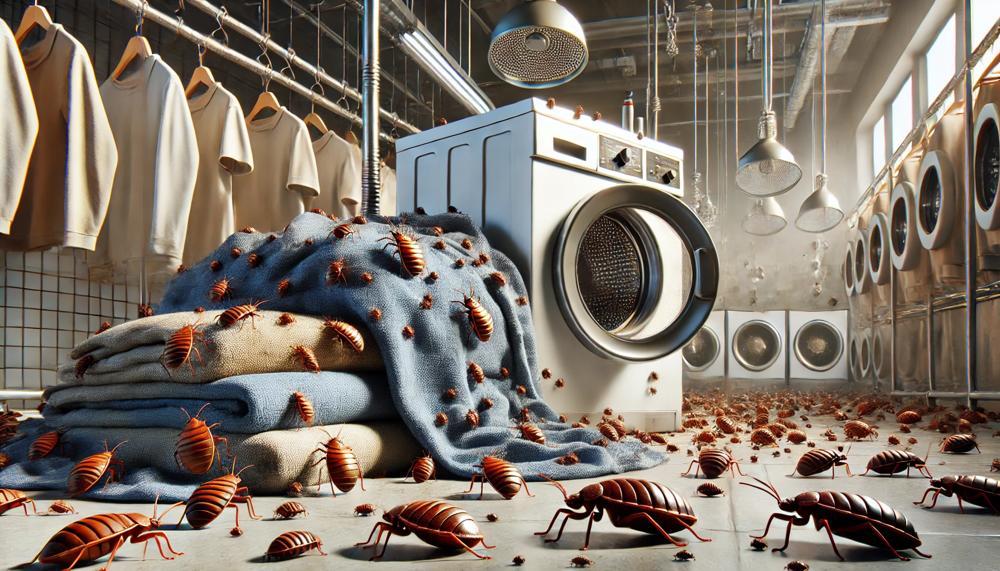
Alternative Methods for Eliminating Bed Bugs
| Dry Cleaning | Bed Bug Survival |
|---|---|
| Yes | No |
Bed bugs are notoriously resilient pests, capable of withstanding a wide range of temperatures. However, dry cleaning’s heat and chemicals prove too much for them. The high temperatures used in dry cleaning, typically between 140°F (60°C) and 160°F (71°C), are lethal to bed bugs and their eggs. Additionally, the chemicals used in the dry cleaning process, such as tetrachloroethylene (perc) and petroleum solvents, are toxic to bed bugs.
If you suspect your clothes or belongings may be infested with bed bugs, dry cleaning is an effective method for eliminating them. The heat and chemicals will kill bed bugs at all stages of their life cycle, from eggs to adults.
Here are some additional tips for using dry cleaning to eliminate bed bugs:
- Ensure the dry cleaner you choose uses high temperatures and chemicals that are effective against bed bugs.
- Place infested items in a sealed bag before taking them to the dry cleaner. This will prevent bed bugs from escaping and spreading to other areas.
- Dry clean infested items as soon as possible. The longer bed bugs are allowed to live, the more likely they are to spread and cause problems.
- After dry cleaning, inspect your items carefully for any remaining bed bugs. If you find any live bed bugs, repeat the dry cleaning process.
Conclusion
Dry cleaning effectively eliminates bed bugs through a combination of heat and chemicals. The high temperatures used in the process kill bed bugs and their eggs, while the chemicals provide residual protection against re-infestation.
To maximize effectiveness, infested items should be sealed in airtight bags, dry cleaned at the highest temperature allowed for the fabric, and inspected thoroughly after cleaning. Dry cleaning is less effective for heavy infestations and may require additional treatments.
Alternative methods, such as heat treatment or chemical treatment, may be necessary in these cases.

